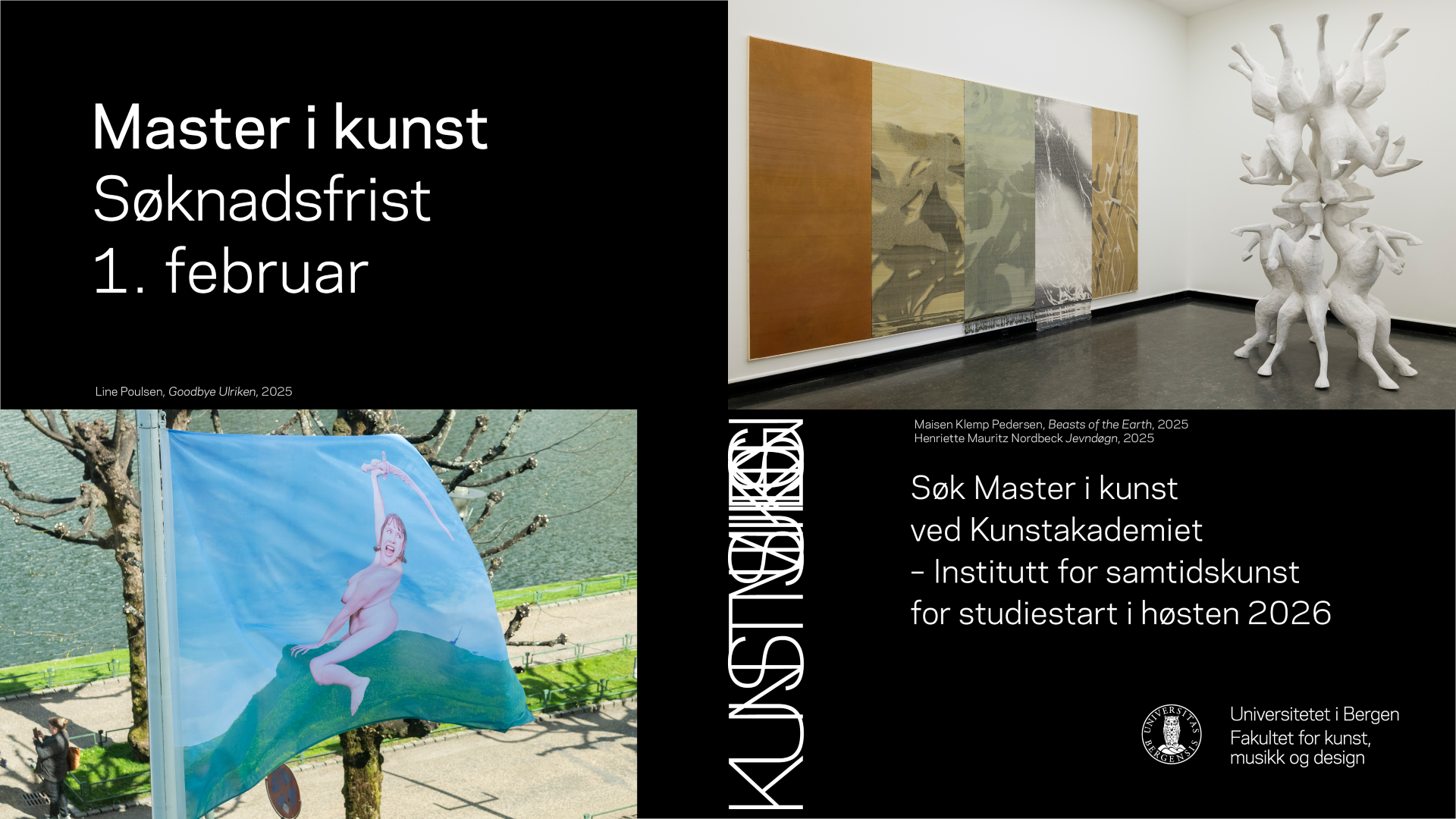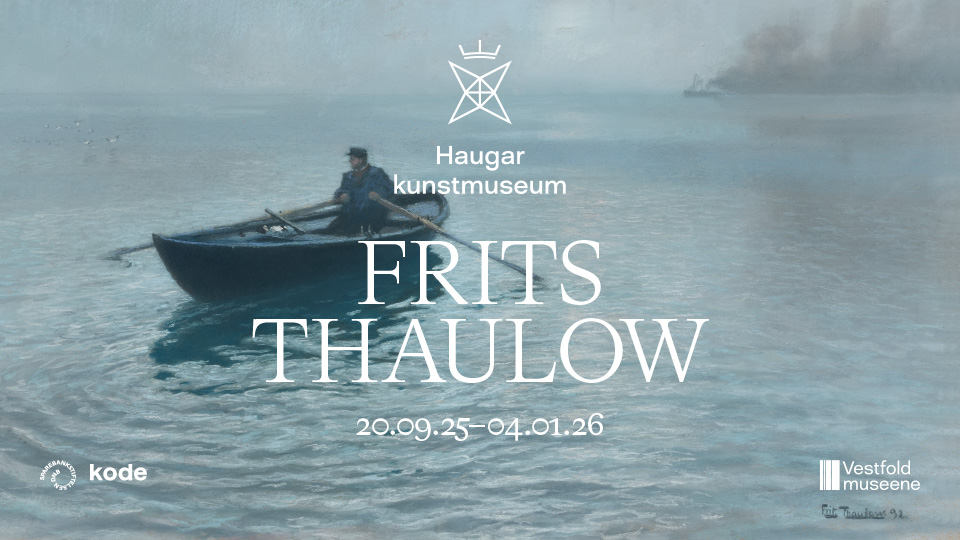
Det virker som om kunsten i disse år trives bedst, når den er alvorlig og spundet af den helt rigtige tunge filosofiske og teoretiske tråd; indhyllet i gravitas og kritikalitet. Den britiske kunstner Marvin Gaye Chetwynd (f. 1973) arbejder med alt andet end default kritisk teori og research. Hendes performanceværker er ofte vilde og humoristiske udstyrsstykker med hjemmegjorte kulisser, kostumer, set-stykker, musik og koreografi.
På lørdag er Chetwynd aktuel med en performance-workshop på Landmark i Bergen. Det sker som led i kunstnerens et år lange engagement med kuratorduoen Praxes i forbindelse med anden udgave af triennalen Bergen Assembly. Triennalens kuratoriske opdrag er i år fordelt på tre kuratoriske organiseringer, hvoraf Praxes (bestående af de to danske, men i Tyskland residerende, kuratorer Rhea Dall og Kristine Siegel) ud over at vise den amerikanske kunstner Lynda Benglis, altså præsenterer en hel stribe projekter med Marvin Gaye Chetwynd, fordelt ud over året.
På trods af, at det er uhøjtideligheden, der er i front, besidder Chetwynds værker samtidig en række af de ritualistiske og samlende kvaliteter som er kendetegnet ved meget performancebaseret kunst – dog ikke på den postulerede, «rene» eller «sande» rituelle facon. Det er snarere, som om det helst skal være lige ved at falde fra hinanden.

Ofte ser man i værkerne store hjemmegjorte dukkekonstruktioner, der ikke ulig en slags trojanske heste kan rumme flere performere inden i sig, hvor mennesker enten kommer ud eller sluges af åbninger. Ikke at dukkerne er formet som trojanske heste. De kan være lidt kejtede replikaer af for eksempel kattebussen fra Studio Ghibli-filmen Min nabo Totoro, som det var tilfældet i Chetwynds værk A Tax Haven Run By Women, som i 2011 kunne opleves på Kunsthal Charlottenborg i København. Eller som en Brain Bug fra filmen Starship Troopers som i værket Brain Bug Performance på New Museum i 2011. Her danser tolv performere en – trods det, at Chetwynds performanceværker har et improviseret og amatøristisk tilsnit – forholdsvis elaboreret dans omkring den store insekt-hjerne.
I en film på Youtube fra en senere version af samme performance kan man se, hvordan sekvensen ender med, at de dansende performere henter velvillige og modige børn med på scenen og lader dem opsluge af den store insekt-hjerne. Chetwynd, der for øvrigt som den første performancekunstner i 2012 blev nomineret til Turner Prize, involverer generelt store grupper af performere i sine værker, og ofte er det kunstnerens venner eller familie, der stiller op.
Sådan bliver det også i Bergen på lørdag hvor Chetwynd, afhjulpet af sin moder, den Oscar-vindende production designer Luciana Arrighi, vil orkestrere performance-workshoppen Iron Age Pasta Necklace Workshop.
Kunstkritikk har spurgt til arbejdet op til premieren på Bergen-eventyret, men lad os lige vende det med navnet inden for en god ordens skyld: Marvin Gaye blev oprindeligt døbt Alalia Chetwynd, men i 2006 tog hun navnet Spartacus Chetwynd som en art nom de plume som hun igen i 2013 ændrede til sit nuværende Marvin Gaye. Hun siger et sted at «Spartacus» – navnet på den rebelske slave og gladiator – gav hende styrke. Om sit nye navn lånt fra den amerikanske soulsanger, siger hun, at det er til for at gøre hende glad.
Vi bringer interviewet på originalsproget.

How are the preparations going for the upcoming project in Bergen?
I am doing a workshop to start with. It’s an Iron Age Pasta Necklace Workshop. It involves my mum Luciana Arrighi playing the role of the judge, the Discerning eye! So far everything feels like it’s working. We have made batches of the dyed and baked pasta to look gnarled and ancient … and I have washed and made ready the togas! I would love to document it well. I have made this workshop a few times since 2003. This time in Bergen I think I would like to interview the successful and unsuccessful applicants after they have approached the Alter – we shall see how it goes!
What was your immediate reaction to the proposal from Praxes – to work intensely over the stretch of one year – and what made you accept their proposal?
I had an interview with Rhea and Kristine a year earlier, and I could not find time to work with them then, but the conversation we had really stayed with me. When they asked me this year to work with them again, I found my reaction was really positive. I have worked in Norway once before and enjoyed my experience. It was at a residency on the island of Utsira in Rogaland in 2012.

I read in the press material that you will be creating a new piece for Bergen Assembly titled Padding Up Stream, to unfold in a series of three episodes over the course of the year. What more can you tell us about Padding Up Stream?
Yes, it is meant to read Paddling Up Stream, it was a misprint, although it sounds oddly as if it works. I don’t mind either title, both are fine. Paddling Up Stream was actually in response to how I feel when I produce a piece of work, a new piece of work. I have to paddle hard at the start. Then it ends up feeling that you caught a wave. It is the initial strain and doubt and uncertainty to starting a project, it’s hard to know when you are making a good piece of work. I try really hard with everything I do. I head straight for the straight and narrow path head on. I bring energy and enthusiasm and investigation to the subject and place I commit to – it’s not necessarily going to please everybody, but most people seem to understand that I am dancing to my own tune and are willing to try impossible ideas.
Did you do any research on Norway before you began the work in Bergen, and did you discover anything exciting? How do you perceive the politics of the place?
I did some research, yes. Although, in a typically frustrating anthropological way, it does feel as if I went looking for my own predetermined assumption. I found an interesting platform of thought – a gap in the market, an unexploited sector – the Silver Kroner … the elderly people in Norwegian society. I want to find out more about them … and to find out if my hunch is right. I am not sure if my research in Bergen developed my attention to focus on the older generation or if it was in me and has come forward naturally to coincide with this research. I want to focus on tapping the minds of clear sighted, open minded and enlightened eighty year olds and up. I am interested in their insight into the gadget frenzy of our current lives and the techie future we face. I want to build a sci-fi machine that would be for literally sucking information out of the oldest generation currently living.
Your work seems to be informed by dada and surrealist performance from the 1920s and from cabaret and community theatre, rather than the minimal and body oriented performance work from the 1960s and 1970s. With that distinction in mind, could you say something about the relationship between subjectivity, the group and the individual, and authorship in your work?
There is a lot in this question. Authorship is a hard one because often I am really loose and I work with groups problem solving, but then I also end up making everything myself. I don’ t contract out work. I love surrealism and dada.

Art critics very often quote Diderot or Baudelaire in their texts and I wonder if you find, that there is a kind of a default “quotation machine” of performance art as well, that one can fall into if not cautious. What is your relationship to quoting and referencing literature and pop culture etc.?
I know that there is a paste and copy effect that happens in bad, lazy journalism and art criticism, but there have also been really insightful texts written for me by i.e. Neil Mullholland in 2003-2004 and 2015. He related my enthusiasm to fan culture, and I have also been impressed by David Lillington’s writing and interview skill. I am into the discourse in the art world. I want to be part of it and I like that you can contribute to it. It shifts and changes and I have been following it since I was 19 years old, and now I am 42 and I’m still not bored by it. I enjoy the exchange of ideas and learning. My relationship to quoting literature and pop culture is irreverent and reverent. It is random and measured and I feel free and unaccountable and loose
I read on Wikipedia that you studied anthropology before becoming an artist. What was that like?
I studied social anthropology and history at UCL London, when I was 19-21 years. I am really sure this training shaped how I think and research. I am always contextualising everything. Anthropology is an odd subject in that it is quite new. It is difficult not to be frustrated by (the delicate bias and) perplexing fact you can never escape your world view. I admire the idea of stepping off the veranda. I also am influenced by landmark ethnographic films, such as Jean Rouche’s The Mad Priests (1954). The idea that you can invent your own cult, collage it together, experiment, reclaim, feel energy through play acting “the powers that be”, in your own backyard, in your own cheap way. I started to experiment with these ideas by throwing parties and suggesting stories to act out.
What does it feel like for you to be an artist?
The artists I love are always living intensely and rattling the cage! For me to be an artist is to live experimentally and to share what ever you discover – for example artists like Tehching Sam Hsieh and Mierle Laderman Ukeles.
I just discovered your ongoing series of really exciting bat paintings called Bat Opera. Will there be any bats in Bergen?
Yes, the bat opera series will be coming to Bergen!



















